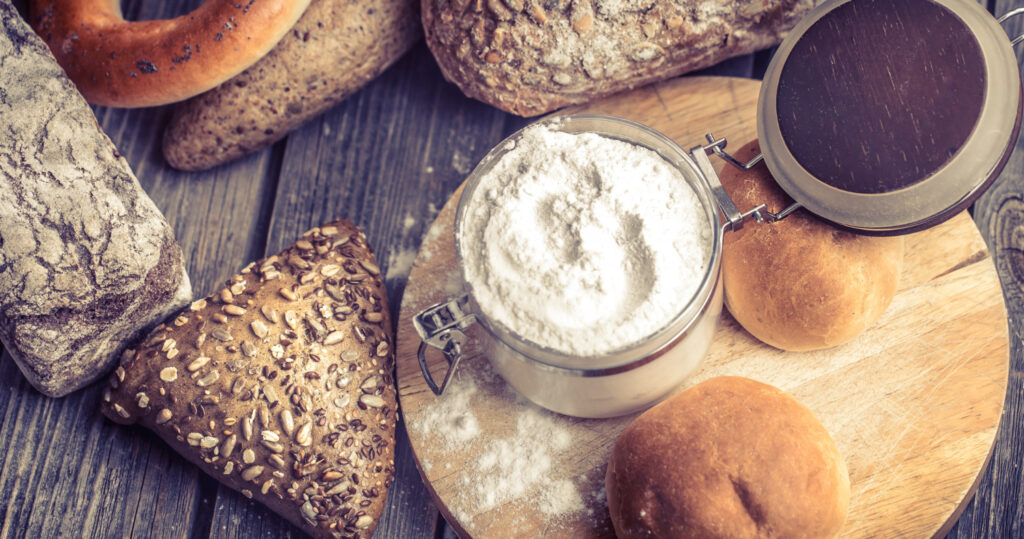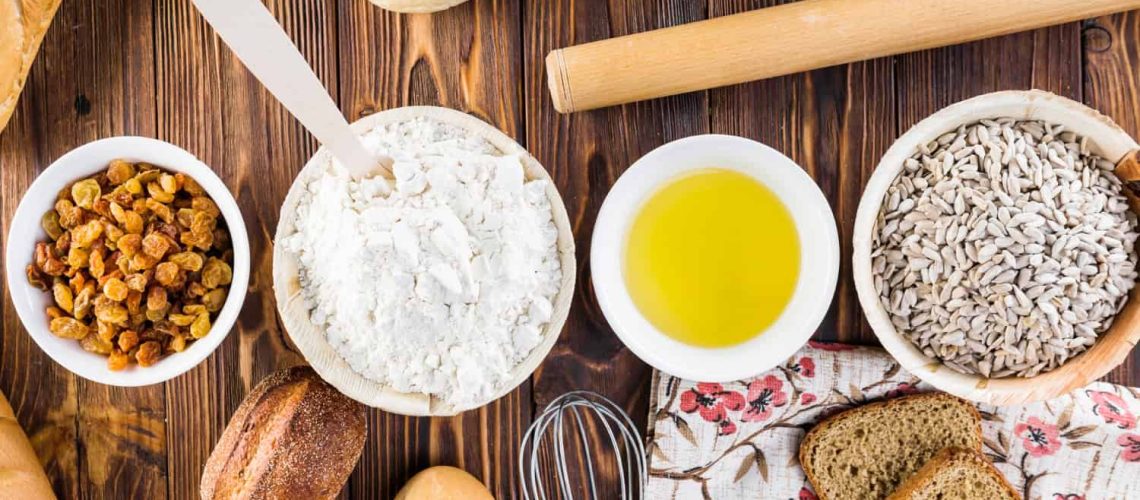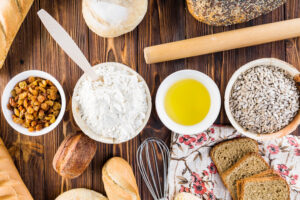Bread-making is a cherished tradition that brings warmth and satisfaction to any home. Making homemade bread has never been easier with the rise of bread machines. However, the variety of bread mixes available can be overwhelming. Choosing the right one can significantly impact the quality and flavor of your freshly baked bread. In this guide, we will explore choosing the best bread machine mixes for any recipe, ensuring that you create the perfect loaf every time.
1. Understand The Types Of Bread Mixes
Before diving into specific brands and products, it’s crucial to understand the different types of bread mixes available on the market. Here are the most common types:
White Bread Mix: A classic choice for those who prefer a light, fluffy texture. It’s perfect for sandwiches and toast.
Whole Wheat Mix: A healthier option, this mix includes whole grains and offers a denser texture. It’s a great choice for those looking to incorporate more fiber into their diet.
Sourdough Mix: For lovers of tangy flavors, sourdough mixes provide the unique taste and texture associated with this traditional bread. They often require a longer rising time, but the results are worth it.
Gluten-Free Mix: Ideal for those with dietary restrictions, gluten-free bread mixes allow everyone to enjoy freshly baked bread without compromising on taste.
Specialty Mixes: These include mixes for focaccia, pizza dough, or even sweet bread, catering to various preferences and occasions.
2. Check The Ingredients
When choosing a bread mix, it’s essential to read the ingredient list carefully. Look for mixes that contain high-quality ingredients without unnecessary additives or preservatives. Ideally, you want a mix that uses natural ingredients, such as:
Whole Grains: If you’re opting for a whole wheat or specialty mix, ensure whole grains are among the first ingredients listed.
Natural Leavening Agents: If you’re choosing a sourdough mix, make sure it includes natural sourdough culture rather than artificial additives.
Minimal Additives: While some mixes may include enhancers for texture or flavor, it’s best to choose those with minimal or no artificial additives.
3. Choose Based On Your Recipe Needs

Different recipes may call for specific types of bread mixes. Here’s how to choose the best mix based on what you want to create:
For Toasting: If you want a mix that will yield a perfect loaf for toast, look for lighter mixes that will create a fluffy texture. White or whole wheat bread mixes work well here.
For Sourdough Lovers: If you’re a fan of sourdough, select a mix that specifically states it’s designed for sourdough bread. This will ensure that the mix includes the right cultures and flour for that characteristic taste.
For Bakery-Style Breads: If you’re looking to replicate the quality of a bakery loaf, consider specialty mixes that offer enriched doughs, such as brioche or challah.
4. Look For Convenience Features
Many modern bread mixes are designed with convenience in mind. Here are some features to consider:
Easy-to-Follow Instructions: Check if the mix includes clear, easy-to-follow instructions. Some brands even provide customization tips, allowing you to add herbs, cheese, or other ingredients to enhance the flavor.
All-in-One Packs: Some mixes come in convenient packs that include everything you need—just add water and yeast. These are perfect for novice bakers or those who want a hassle-free baking experience.
Ready-to-Ship Options: If you find a mix you love, check if the brand offers shipping options, making it easy to stock your pantry. Many online retailers allow you to add these items to your cart for quick and easy checkout.
5. Pay Attention To Serving Size
When selecting a bread mix, consider the serving size. Some mixes yield larger loaves than others, which is essential if you’re feeding a family or hosting guests. If you frequently bake bread, you might prefer a mix that allows you to make multiple loaves or smaller, more manageable sizes.
6. Experiment With Add-Ins
One of the joys of baking homemade bread is the ability to customize it to your taste. Most bread mixes are versatile and can be enhanced with various add-ins. Here are some popular options:
Seeds and Nuts: Adding sunflower seeds, pumpkin seeds, or chopped nuts can give your bread a delightful crunch and added nutrition.
Dried Fruits: Incorporating dried cranberries, raisins, or apricots can introduce sweetness and flavor to your loaf, perfect for breakfast or snacking.
Herbs and Spices: Fresh or dried herbs like rosemary or thyme can elevate the taste of your bread, making it more aromatic and delicious.
7. Read Customer Reviews
Before purchasing a bread mix, it can be beneficial to read customer reviews. Look for feedback on taste, texture, and ease of use. Real-life experiences can provide valuable insights that may not be evident from product descriptions alone.
8. Consider Dietary Needs
When choosing a bread mix, it’s crucial to consider any dietary restrictions or preferences you or your family may have. Options like gluten-free mixes or those with reduced sodium can help ensure everyone can enjoy freshly baked bread.
9. Try Different Brands And Flavors
Don’t be afraid to experiment with different bread mixes. Trying out various brands and flavors can lead to delightful discoveries and may even become your new favorites. Consider setting up a “bread tasting” night with friends or family, sampling different mixes and creations to see which ones everyone enjoys the most.
Final Thoughts
Choosing the best bread machine mixes for your recipes doesn’t have to be a daunting task. With the right bread mix, you’ll be well on your way to creating homemade bread that rivals your favorite bakery. So gather your ingredients, prepare to add your selected mix to your cart, and enjoy the delightful experience of baking fresh bread at home. Happy baking!


